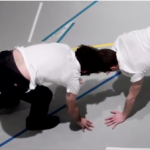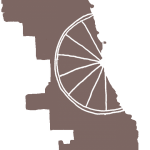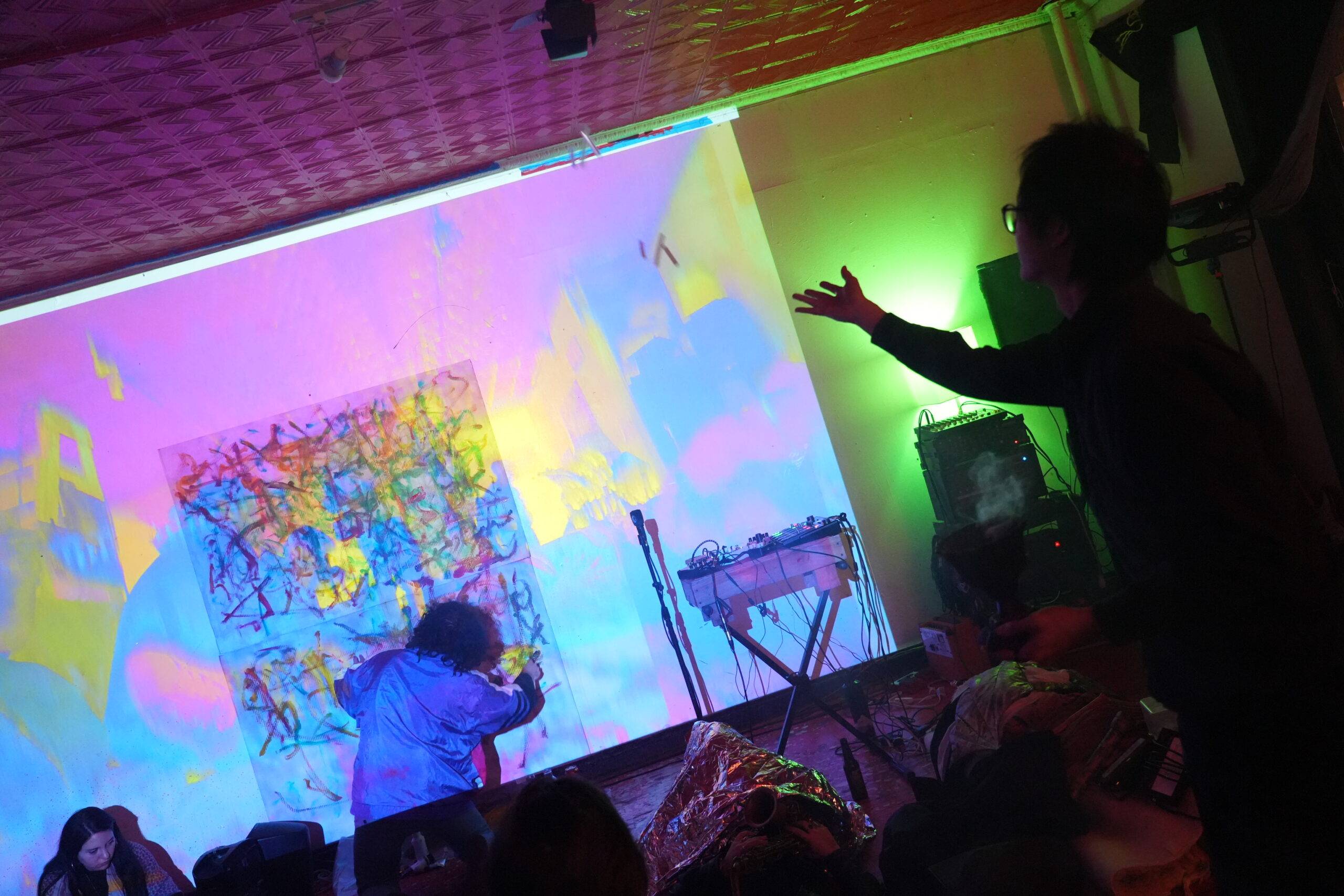Explore Chicago, the city’s official tourism website, does deign to discuss Austin individually. However, it begins by describing it as “sometimes troubled, but nonetheless one of the city’s most interesting community areas for visitors, especially visitors interested in architecture.” “Sometimes troubled” is not the euphemism I would choose if I was looking for a polite way to say that Austin has, according to the Chicago Police Department, the highest crime rate in the city. But maybe I’m being too critical. After all, I find myself struggling to describe it accurately, since I was raised there.

The complaints about the city’s treatment of Austin are legion; I know full well that the lack of food, schooling, and security take priority over its portrayal in tourist brochures. But there’s more to life in Austin than misery and blight. This is what I tell myself. My childhood didn’t consist solely of blight and misery; therefore, my childhood neighborhood must have done something to enable this.
This logic seems sound, but I still have trouble figuring out what those alternative sensations are, and what Austin did to enable them. In this light, the tourist brochures are valuable cultural artifacts. What is Austin, beyond its crime rate? I’m still not sure. Maybe Explore Chicago can help me.
Virtually all of Explore Chicago’s suggestions are architectural, but that doesn’t bother me. Not For Tourists wasn’t wrong: the West Side does buildings well. A friend of mine and I call it the “West Side aesthetic” — a beautiful, dilapidated building that’s been appropriated for an outrageously utilitarian purpose. Her favorite is an Art Deco Currency Exchange on Belmont and Central. But the undisputed classic is the J. J. Walser house, designed by Frank Lloyd Wright, closer to Central and Washington.
Explore Chicago encourages me to walk past it, though it does warn me that it’s a private residence; there will be no entry. It does not, however, mention the bag. Affixed over a broken window, it flutters half-heartedly in the breeze. There’s a tear down its center. It keeps nothing out of the house, but this doesn’t seem to bother the owner. Once clear plastic, it’s now grey and sodden with time.
Approaching the house from the north, this bag is one of the first things you see. It primes you for the building’s imperfections; your eye can’t help but wander towards the barbed wire, strung between the back fence and the overhanging eaves, keeping both reporters and thieves away.
Explore Chicago urges me to take note of the building’s windows, supposedly unusual for a Prairie Style home, but while they may be pretty, those that remain are filthy. The house looks lifeless and empty. I knock, but no one answers. “The owner probably doesn’t live here,” I tell my photographer. “I knew someone whose mother owned a Frank Lloyd Wright on the South Side. But it was in shoot-out territory, so there really wasn’t much she could do with it. She just sort of had it.” Peering past the wire, we see a garden in full bloom. I can’t decide if this proves or disproves my suspicion.
That, too, is a part of the West Side aesthetic, the greenery peeking out at you from behind bars and barbs. My photographer comments on it as we wander down an alley. The West Side does seem to contain more green space than the North Side, if only because so much of the West Side is overgrown. The J. J. Walser house exhibits this — there’s a patch of ivy sprouting along its northern-most wall, and it doesn’t look particularly cultivated.





















